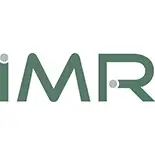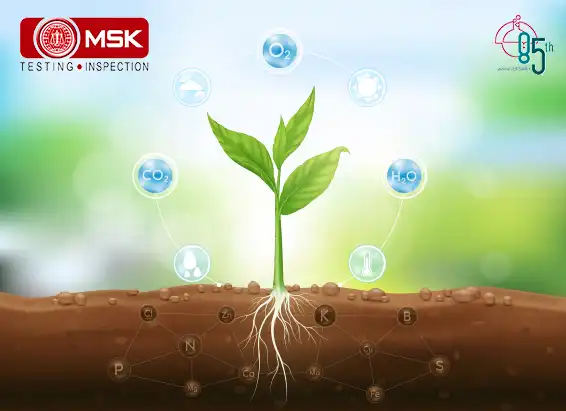
Abstract:
Electronic waste or E-Waste describes discarded electrical or electronic devices. Informal processing of E-waste in developing countries can lead to adverse human health effects and environmental pollution. The present study deals to assess the leaching ability of metals (namely, Copper, Manganese, Nickel, Lead, Antimony and Zn) from a mobile circuit board in different pH condition of water. It was observed that different metals showed varying leaching potential at various pH. This is of huge interest in making a predictive model of ground water contamination arising from improper disposal of e-wastes.
Keyword: E-waste, Leaching, Metal
Introduction:
Electronic industry is the world’s largest, innovative and fastest growing industry during the last century which radically changed the people's lifestyle. Although this development has helped the human race, but emerged a new environmental problem called electronic waste (e-waste). The sources of the majority of these can be traced to major developed countries, although there is an increasing contribution from rapidly developing countries like China and India. E-waste is increasing drastically, with a growth rate of 20-25% annually. Many factors contribute to this surge in e-waste. These include the short lifecycle of equipment, low recycling, and the continuous upgrading of electronic equipment as affluent societies demand the latest technology. E-waste has been described as one of most difficult classes of waste to manage due to a constant change in its features and specificities. The inappropriate handling of e-waste is unsafe for both human health and the environment, discharging heavy metals and persistent organics.
Since 2010, the volume of e-waste generated globally has been steadily rising. By 2019, approximately 53.6 million metric tons was produced. This was an increase of 44.4 million metric tons in just five years. Of this, just 17.4 percent was documented to be collected and properly recycled.
According to a 2020 report by the Central Pollution Control Board, India generated 1,014,961 tonnes of e-waste in FY 2019-2020 – up 32% from FY 2018-2019. Of this, the report found that only 3.6% and 10% were actually collected in the country in 2018 and 2019, respectively.
Effects of e-waste on the Environment
Effect on Human Body
|
Hazardous Substances |
Sources of E-waste |
Effect on Environment and health |
|
|
Heavy metals & other metals |
|||
|
Antimony (Sb) |
Fire retardant, plastics |
It is a toxic compound and causing dermatitis, affecting skin cells and respiratory tract and affects the immune mechanism. |
|
|
Arsenic (As) |
Small quantities in the form of gallium arsenide within light emitting diodes |
Acutely poisonous and injurious to health on a long-term exposure. |
|
|
Barium (Ba) |
Getters in CRT |
May develop explosive gases (Hydrogen) if wetted. Short term exposure causes muscles weakness; damage to heart, liver and spleen. |
|
|
Beryllium (Be) |
Power supply boxes which contain silicon controlled rectifiers and X-ray lenses |
Harmful if inhaled the fumes and dust. Causes lung cancer, beryllium disease or beryllicosis, warts. |
|
|
Cadmium (Cd) |
Rechargeable Ni Cd-batteries, fluorescent layer (CRT screens), printer inks and toners, photocopying-machines (printer drums) |
Acute poisonous and causes irreversible effects on human health. Accumulates in kidney and liver. Teratogenic. |
|
|
Chromium (Cr) |
Data tapes, floppy-disks |
Acutely poisonous and damage the DNA. It causes Asthmatic bronchitis / allergic reactions. |
|
|
Copper (Cu) |
Cabling |
liver damage, abdominal pain, cramps, nausea, diarrhea, and vomiting |
|
|
Lead (Pb) |
CRT screens, batteries, printed wiring boards |
Damage the central and peripheral nervous systems, circulatory systems and kidney damage. Affects brain development in children. It is a carcinogen and causing lung cancer. |
|
|
Lithium (Li) |
Li-batteries |
May develop explosive gases (hydrogen) if wetted. |
|
|
Mercury (Hg) |
Fluorescent lamps that provide backlighting in LCDs, in some alkaline batteries and mercury wetted switches |
Acutely poisonous and damage to the brain. Respiratory and skin disorders due to bioaccumulation in fishes. |
|
|
Nickel (Ni) |
Rechargeable Ni Cd-batteries or Ni MH-batteries, electron gun in CRT |
May cause allergic reactions. |
|
|
Zinc sulphide |
Interior of CRT screens, mixed with rare earth metals |
Toxic when inhaled |
|
|
Halogenated Compounds |
|||
|
Polychlorinated biphenyls (PCB) |
Condensers, Transformers |
Persistence and bioaccumulation . Effects on the immune, reproductive, nervous system, endocrines systems and other health effects. Causes tumors and cancer. |
|
|
Brominated Flame retardants (BFR) |
Fire retardants for plastics (thermoplastic components, cable insulation) |
May cause neurobehavioral effects and endocrine disruption |
|
Materials & Methods:
Mobile circuit board was taken out from old, unusable mobile phones.
All the chemicals and reagents were purchased from Merck, India and were of GR Grade.
Sample preparation: Circuit board was cut into pieces and soaked in different pH conditioned water (pH 5-6, pH 8-9 and pH 7.0). This water was tested for leaching ability of those heavy toxic metals using ICP-OES following standard method.
Results:
Figure 1: Leaching ability of Metals in Neutral Water medium

Figure 2: Leaching ability of Metals in Alkaline Water medium
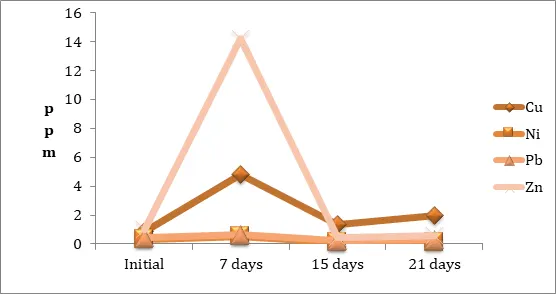
Figure 3: Leaching ability of Metals in Acid Water medium
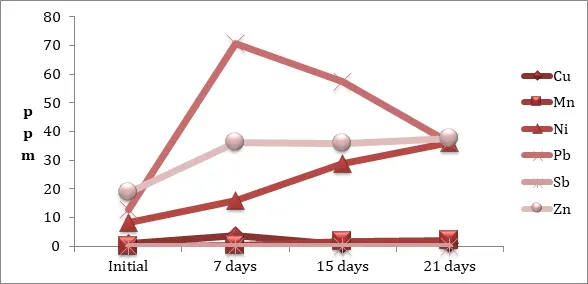
Conclusion
Contributed by : Koustav Shil, Amartya Gupta


Chief Operation, FAMD, Tata Steel Limited..


Sr. General Manager,, Emirates Trading Agency L.L.C..


Mines Manager, Hindustan Zinc Limited, a Vedanta Company.

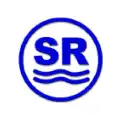
General Manager, Stevin Rock L.L.C..


Executive Vice President (Works),, DCW Limited.


AVP – Coal Quality & Sales Compliance Head,, PT Indo Tambangraya Megah Tbk (BANPU).

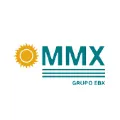
Laboratory Head, MMX.


Shipping Administrator, Mount Gibson Iron Limited.


Senior Director – Asia Pacific Iron Ore Sales,, Cliffs Natural Resources Pty Ltd..


Member, Compass Group (India) Pvt. Ltd.
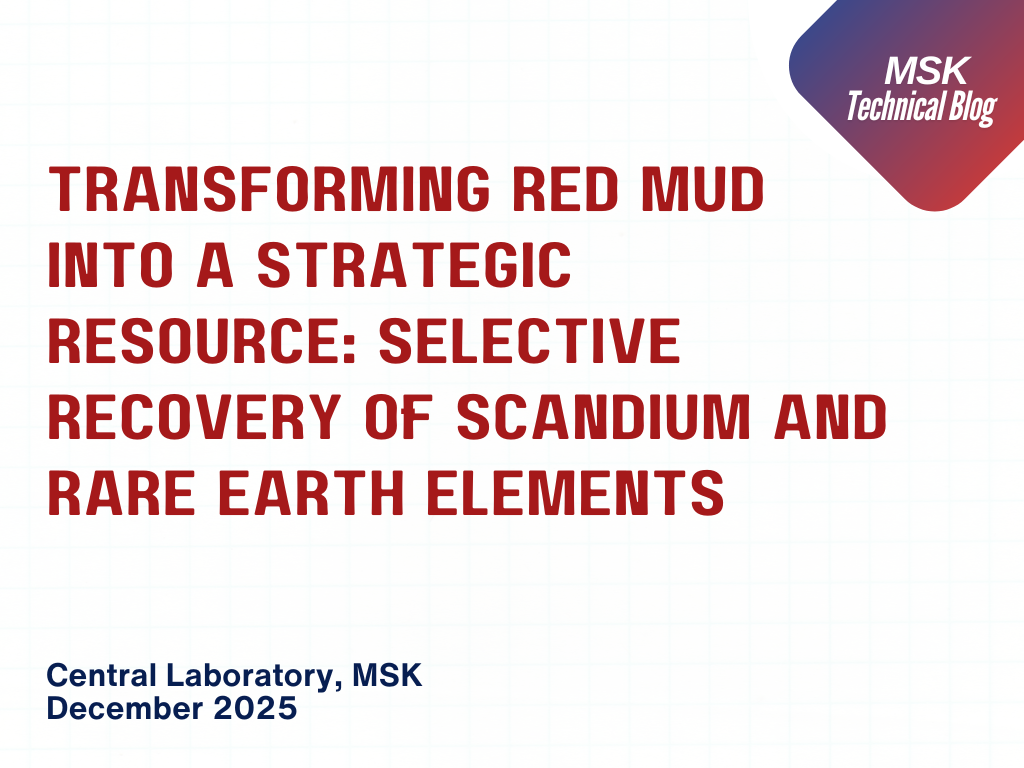
Posted on December 16 2025 By Mitra S.K ADMIN
Read More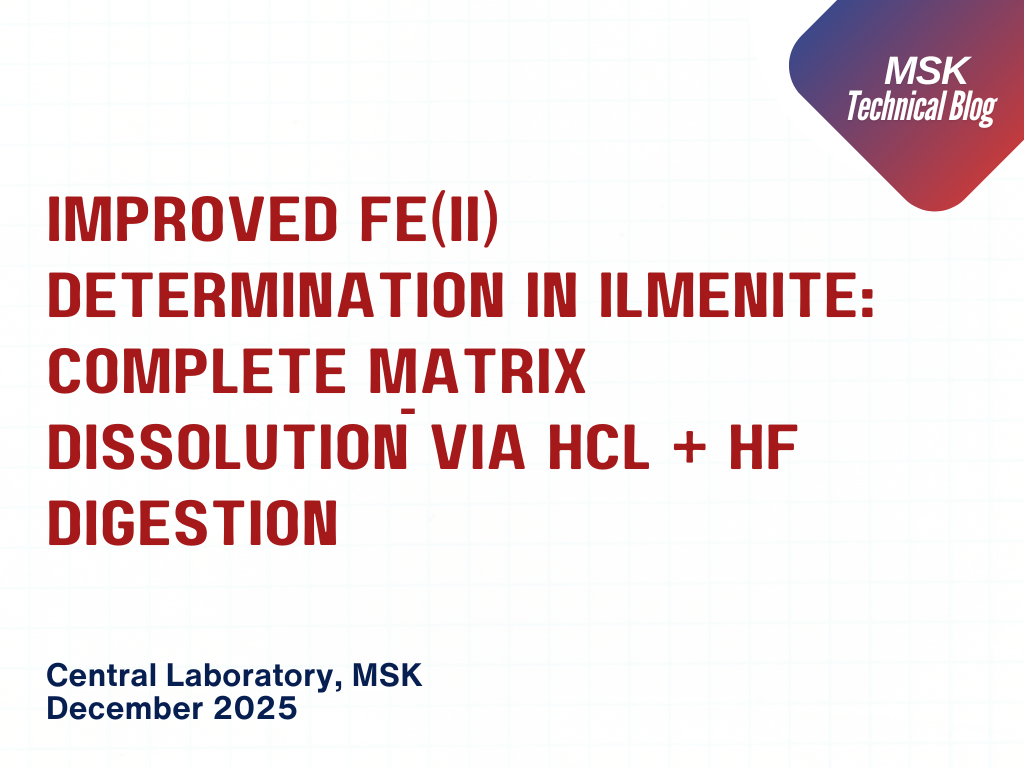
Posted on December 16 2025 By Mitra S.K ADMIN
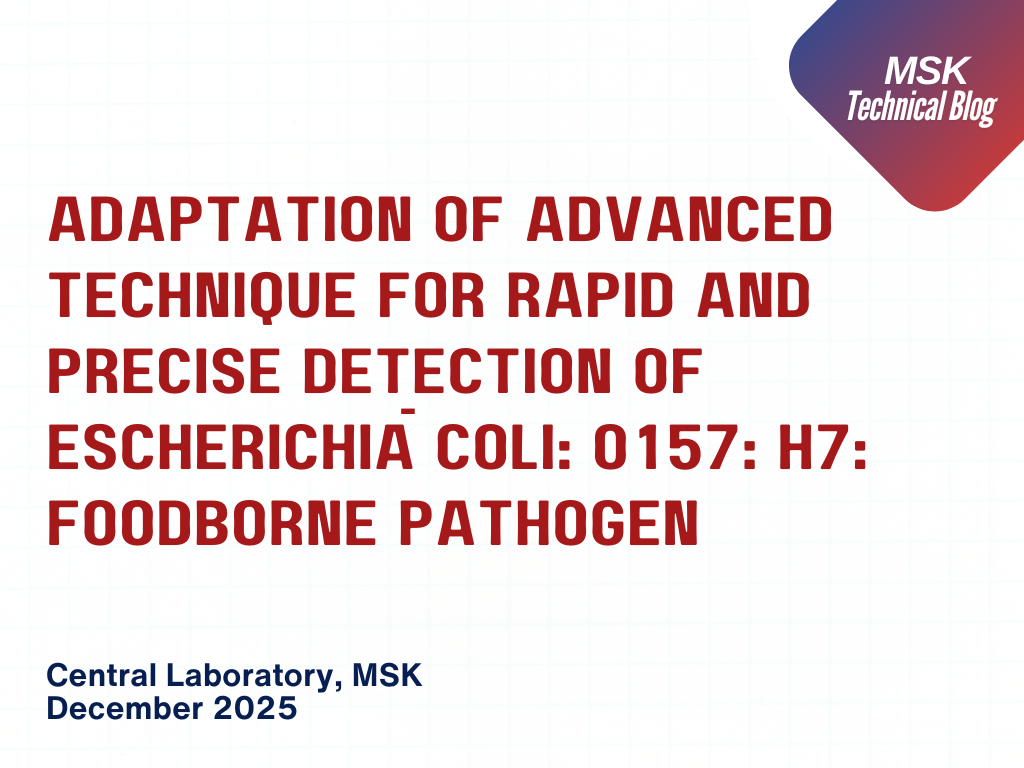
Posted on December 16 2025 By Mitra S.K ADMIN

Posted on December 11 2025 By Mitra S.K ADMIN
![Estimating Cobalt by UV-Vis Spectroscopy: The [CoCl?]²? Acetone Method](https://mitrask.com/uploads/blogs/1764834098Estimating%20Cobalt.png)
Posted on December 04 2025 By Mitra S.K ADMIN
Posted on December 04 2025 By Mitra S.K ADMIN
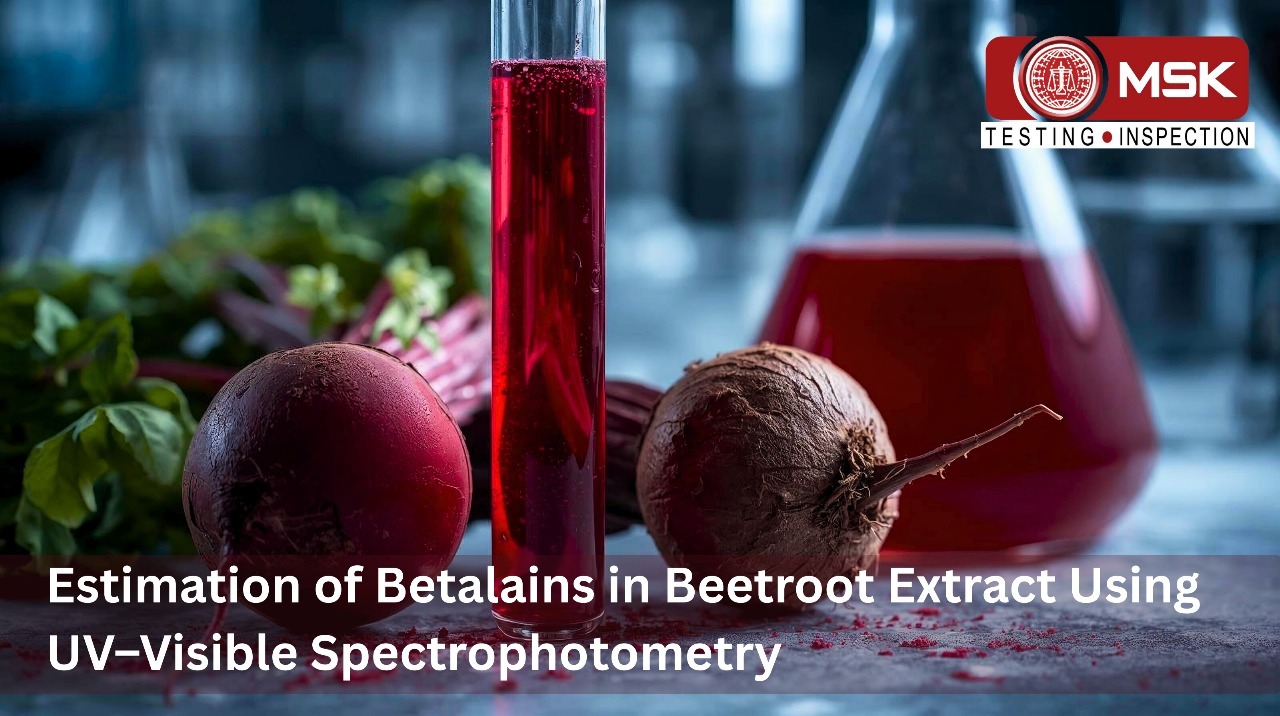
Posted on November 12 2025 By Mitra S.K ADMIN

Posted on September 23 2025 By Mitra S.K ADMIN
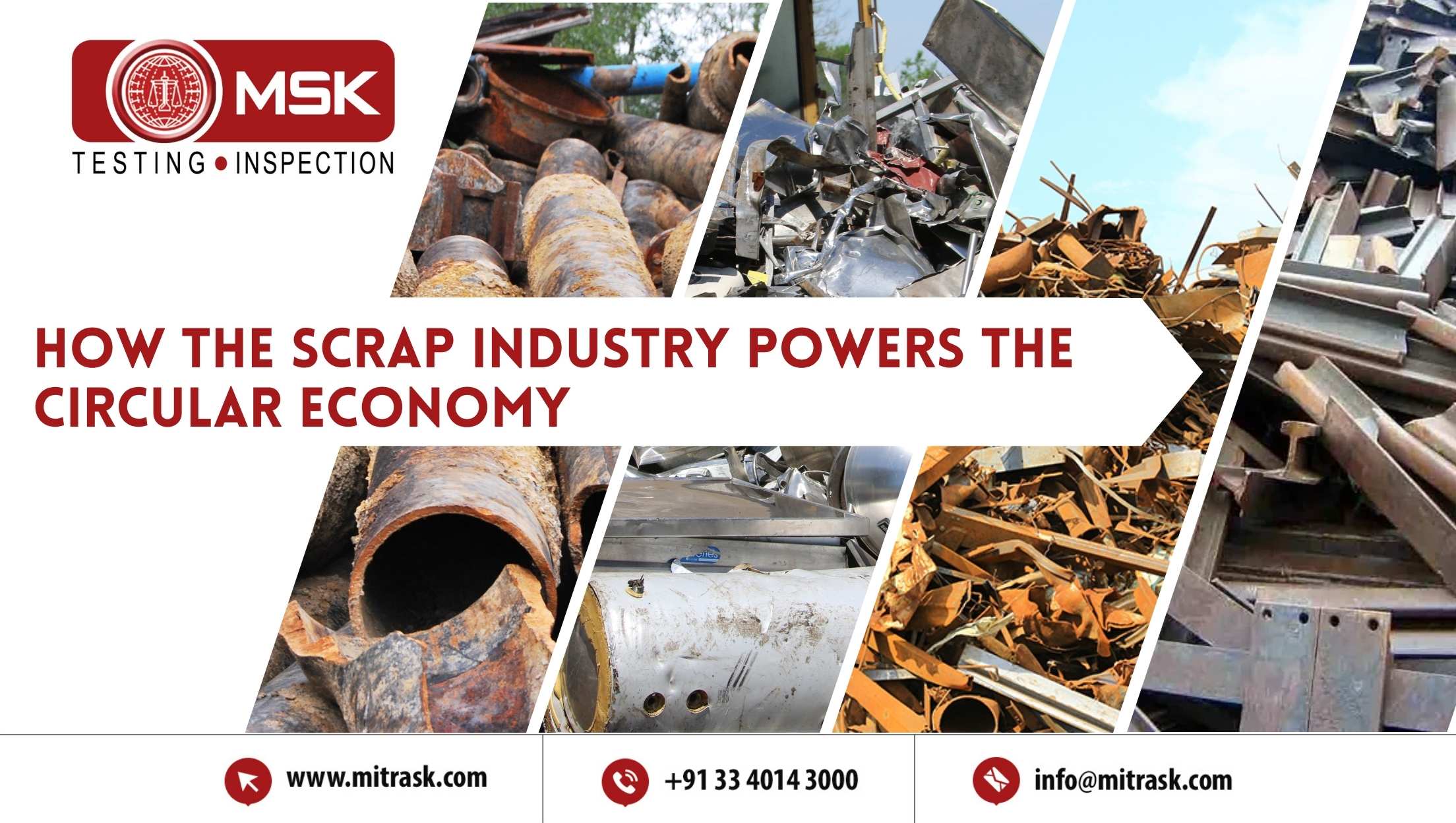
Posted on August 01 2025 By Mitra S.K ADMIN
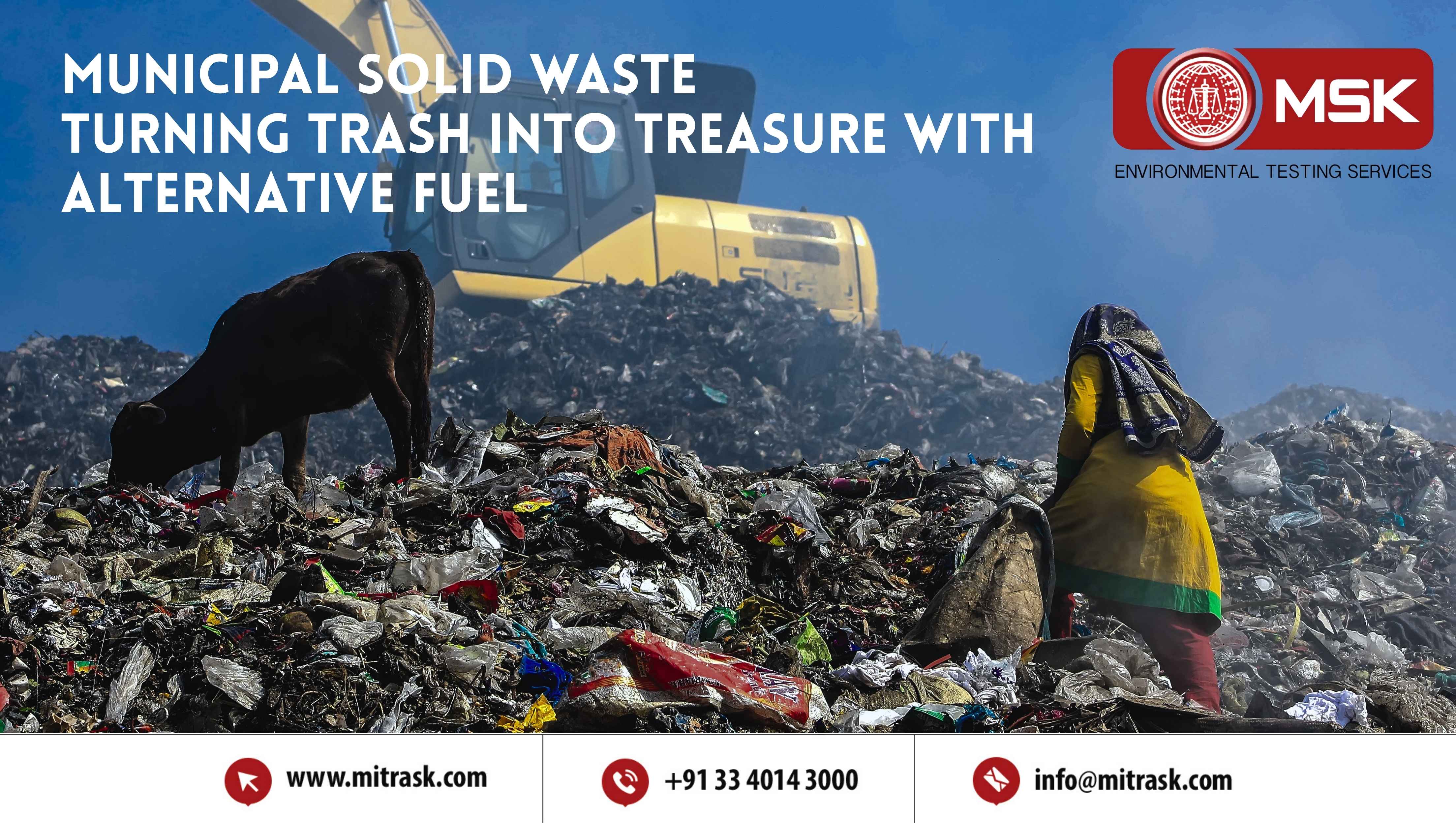
Posted on July 25 2025 By Mitra S.K ADMIN

Posted on July 18 2025 By Mitra S.K ADMIN

Posted on July 01 2025 By Mitra S.K ADMIN

Posted on May 22 2025 By Mitra S.K ADMIN

Posted on January 24 2025 By Mitra S.K ADMIN

Posted on January 24 2025 By Mitra S.K ADMIN
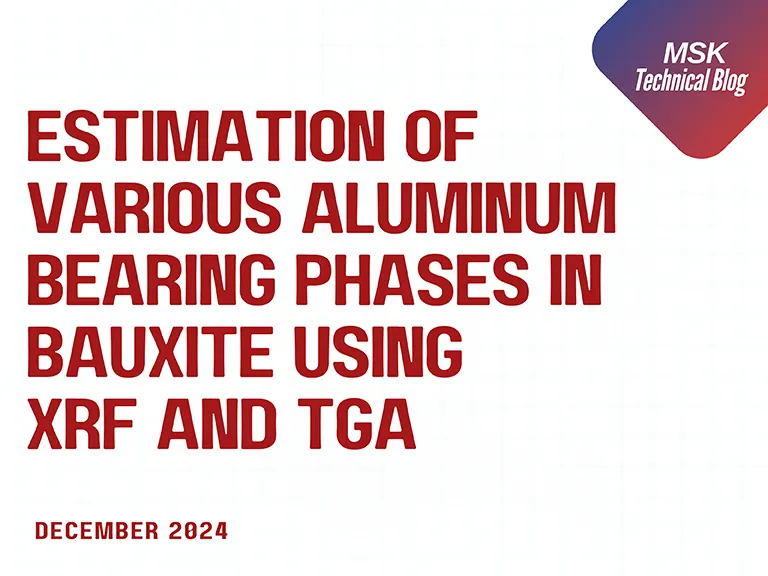
Posted on December 31 2024 By Mitra S.K ADMIN
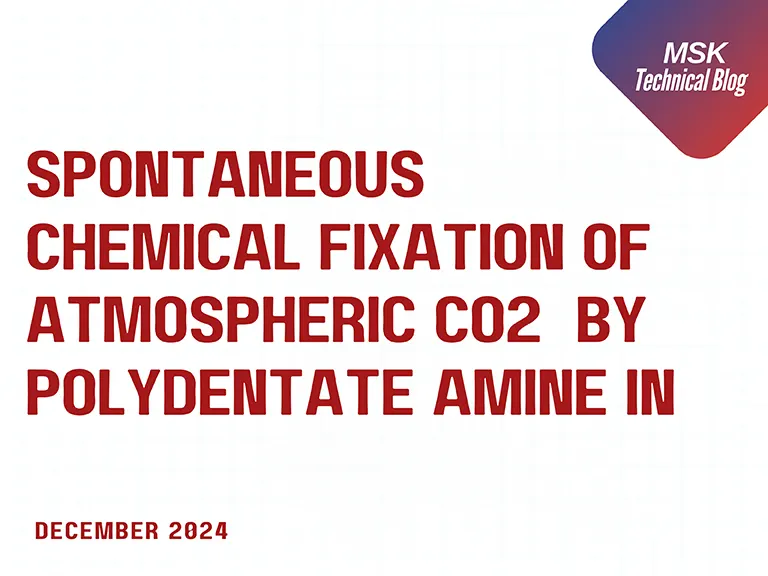
Posted on December 31 2024 By Mitra S.K ADMIN

Posted on December 31 2024 By Mitra S.K ADMIN
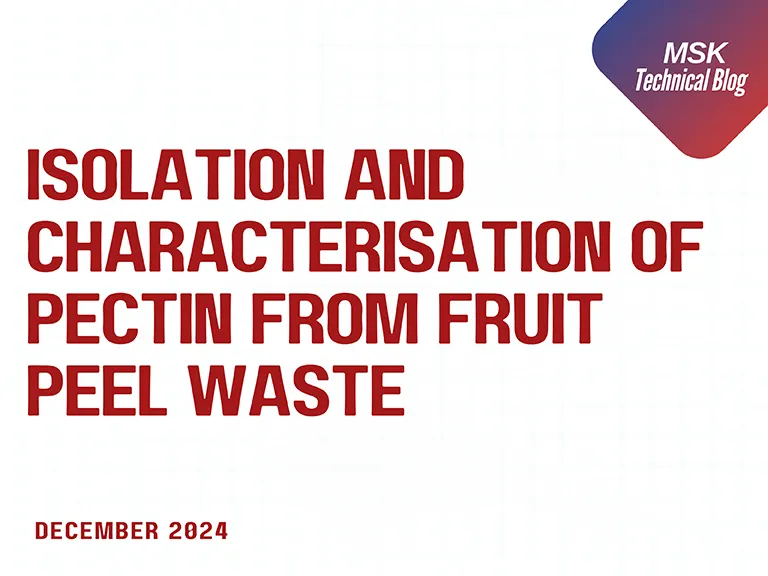
Posted on December 31 2024 By Mitra S.K ADMIN
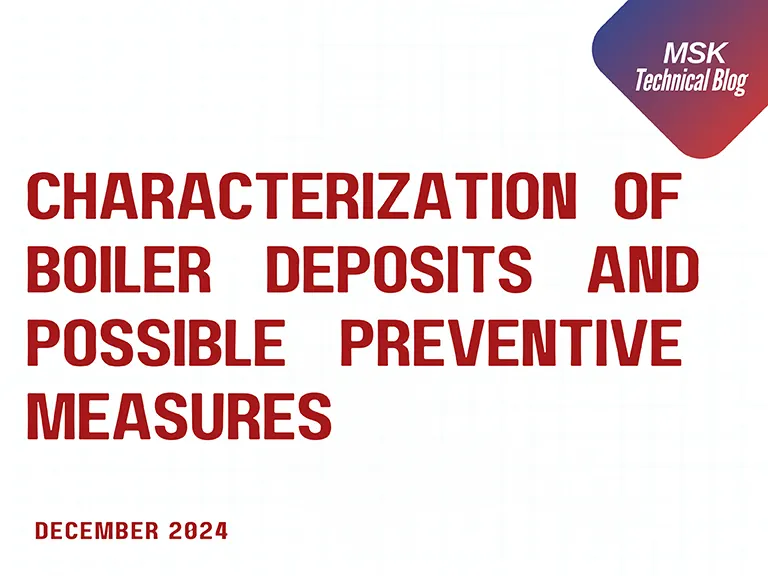
Posted on December 31 2024 By Mitra S.K ADMIN
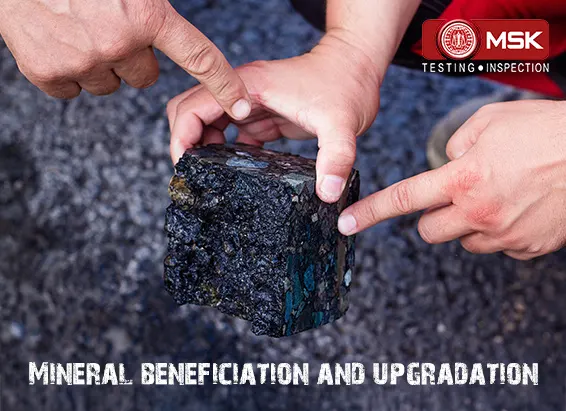
Posted on December 03 2024 By Mitra S.K ADMIN

Posted on October 17 2024 By Mitra S.K ADMIN
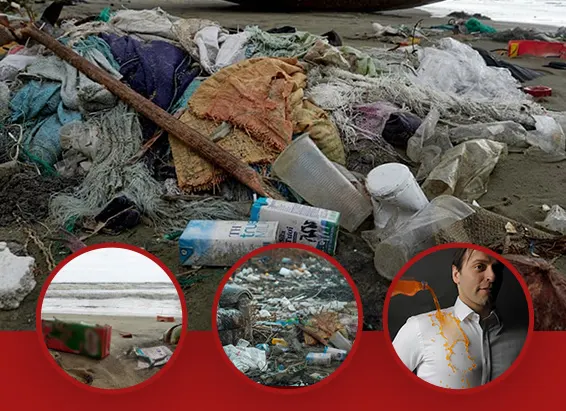
Posted on October 04 2024 By Mitra S.K ADMIN

Posted on September 13 2024 By Mitra S.K ADMIN

Posted on August 27 2024 By Mitra S.K ADMIN

Posted on August 23 2024 By Mitra S.K ADMIN
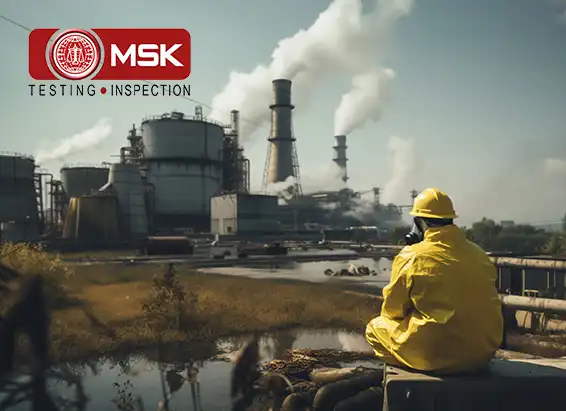
Posted on June 27 2024 By Mitra S.K ADMIN
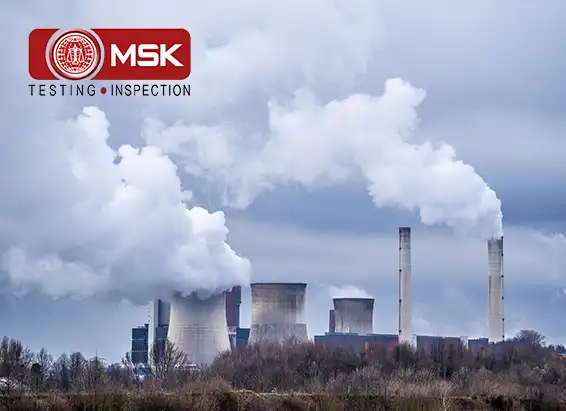
Posted on June 22 2024 By Mitra S.K ADMIN
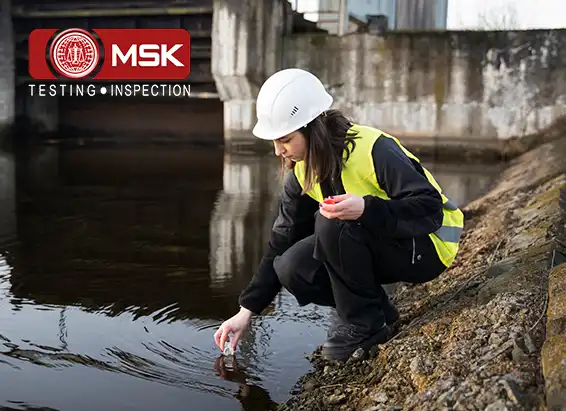
Posted on June 15 2024 By Mitra S.K ADMIN

Posted on May 24 2024 By Mitra S.K ADMIN
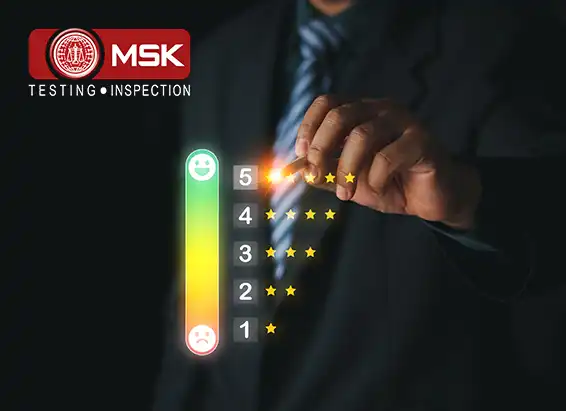
Posted on May 17 2024 By Mitra S.K ADMIN

Posted on May 09 2024 By Mitra S.K ADMIN
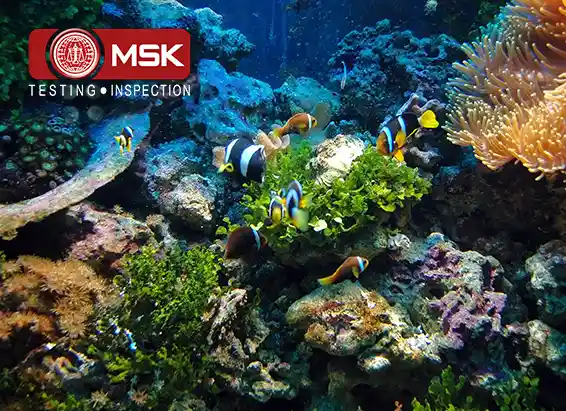
Posted on April 20 2024 By Mitra S.K ADMIN
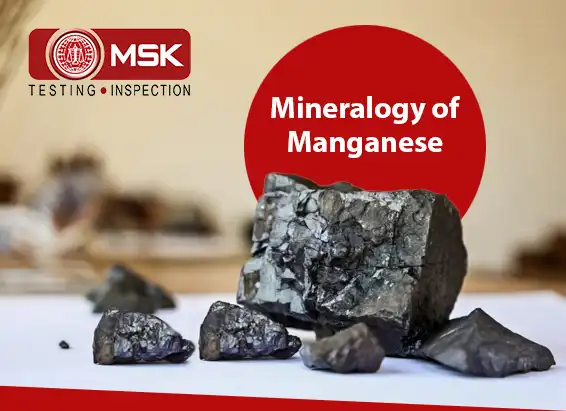
Posted on April 13 2024 By Mitra S.K ADMIN

Posted on April 30 2024 By Mitra S.K ADMIN

Posted on April 29 2024 By Mitra S.K ADMIN
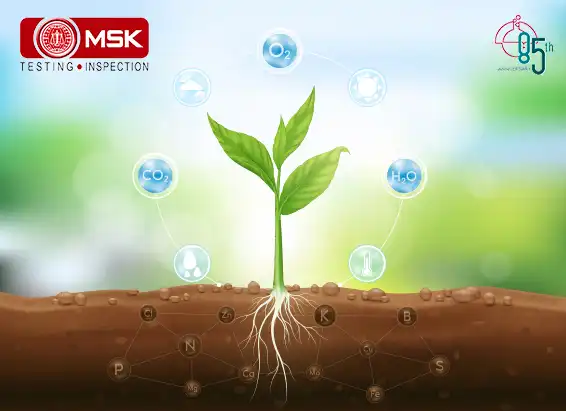
Posted on December 30 2023 By Mitra S.K ADMIN
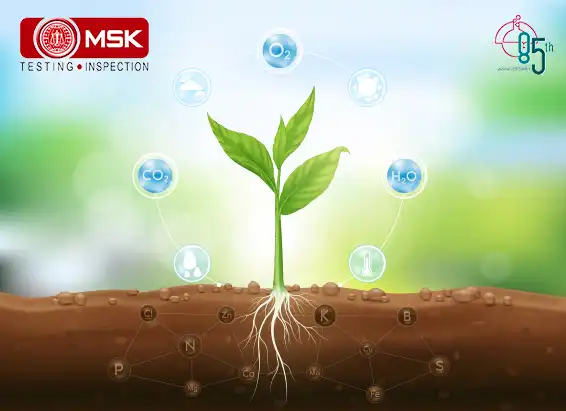
Posted on December 30 2023 By Mitra S.K ADMIN
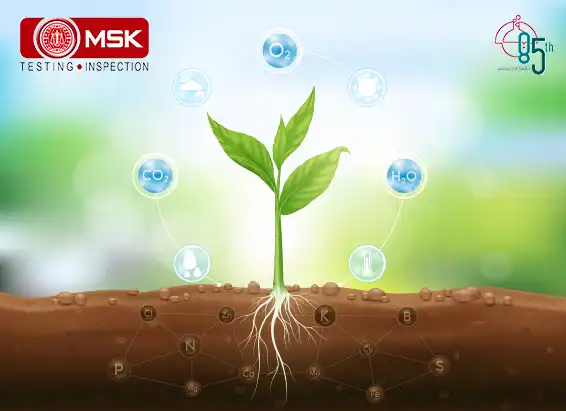
Posted on December 30 2023 By Mitra S.K ADMIN
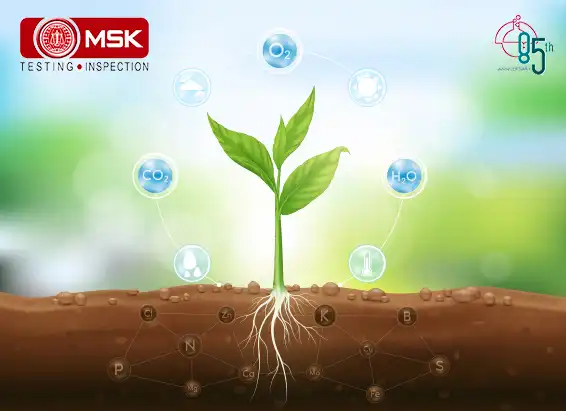
Posted on December 27 2023 By Mitra S.K ADMIN
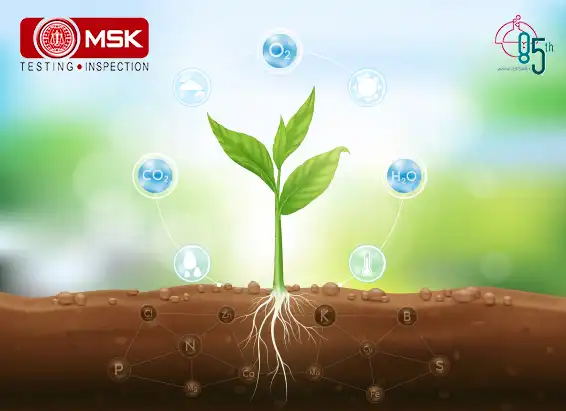
Posted on December 27 2023 By Mitra S.K ADMIN
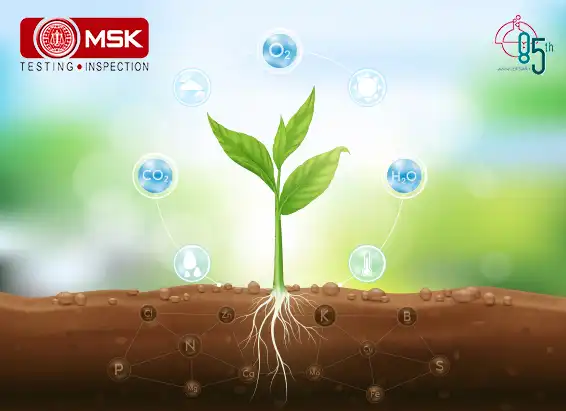
Posted on December 27 2023 By Mitra S.K ADMIN
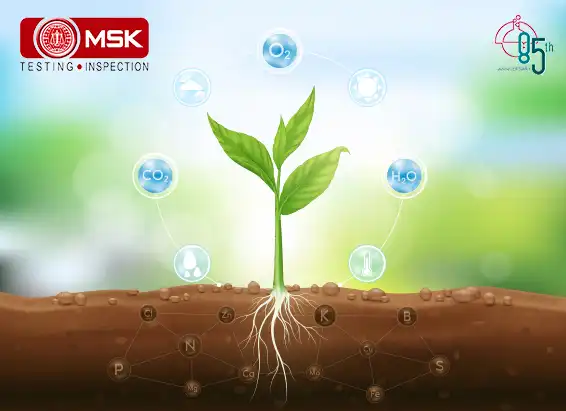
Posted on December 27 2023 By Mitra S.K ADMIN
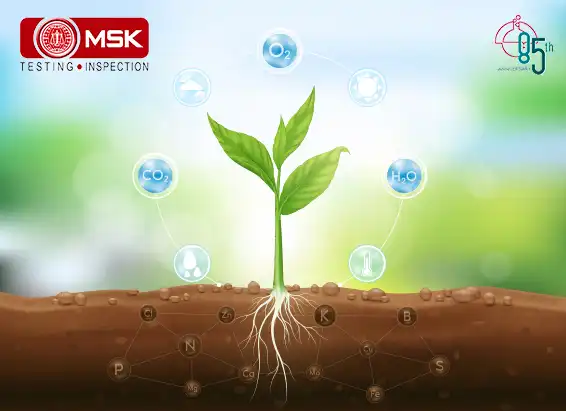
Posted on December 27 2023 By Mitra S.K ADMIN
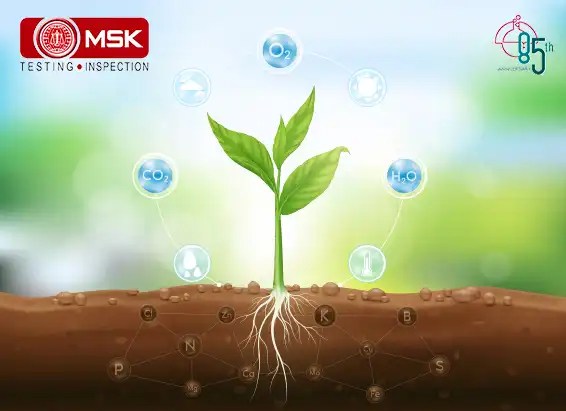
Posted on December 27 2023 By Mitra S.K ADMIN
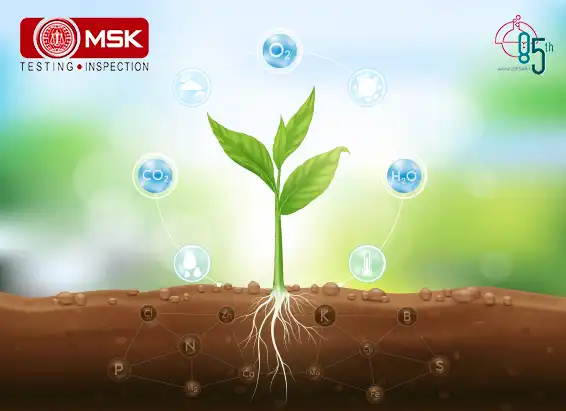
Posted on December 27 2023 By Mitra S.K ADMIN

Posted on December 26 2023 By Mitra S.K ADMIN
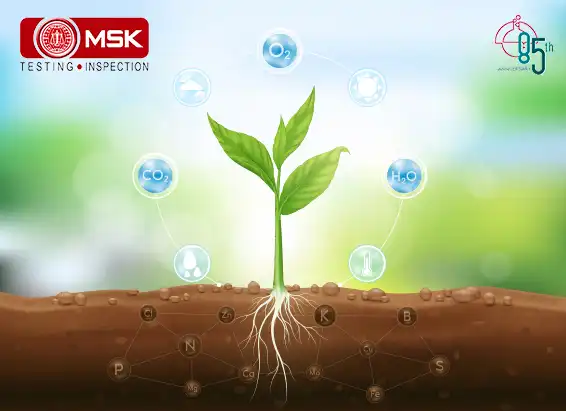
Posted on April 05 2022 By Mitra S.K ADMIN
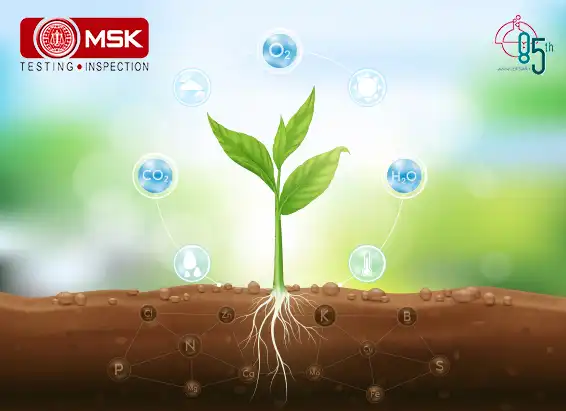
Posted on April 06 2022 By Mitra S.K ADMIN
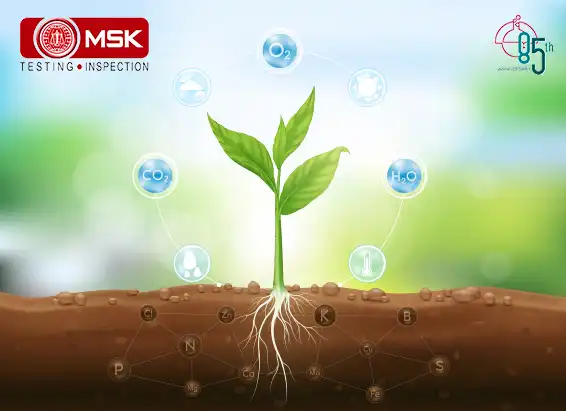
Posted on April 06 2022 By Mitra S.K ADMIN
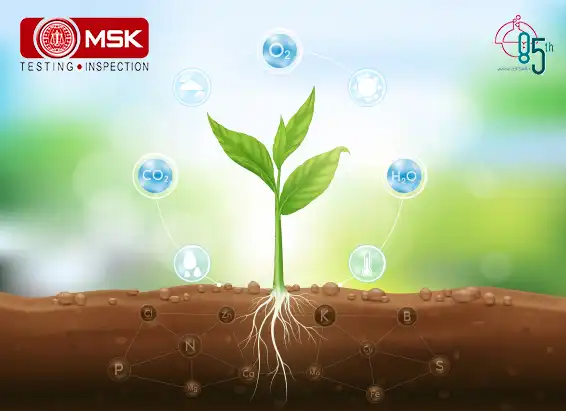
Posted on April 06 2022 By Mitra S.K ADMIN
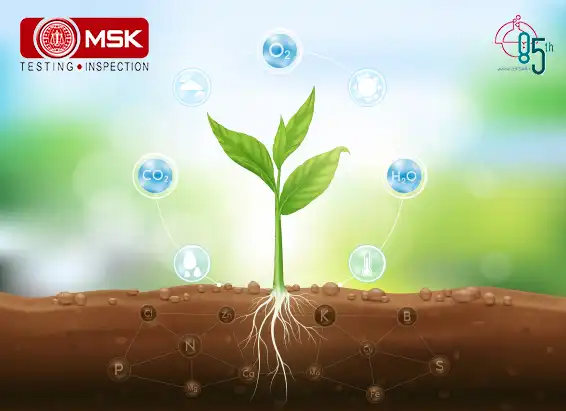
Posted on April 06 2022 By Mitra S.K ADMIN
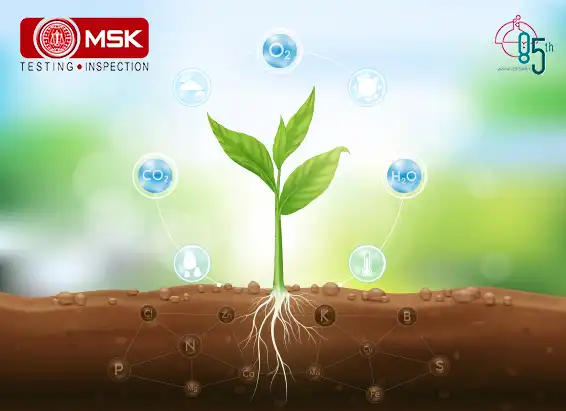
Posted on April 06 2022 By Mitra S.K ADMIN
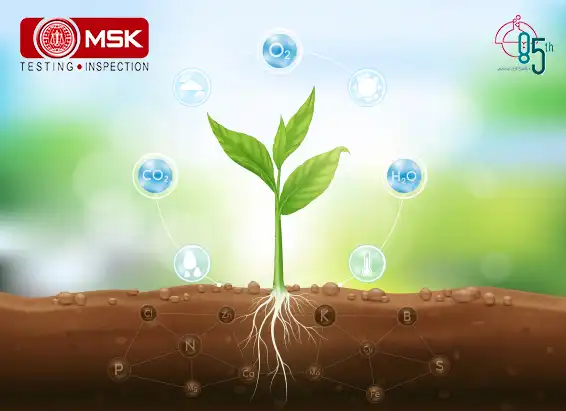
Posted on April 06 2022 By Mitra S.K ADMIN
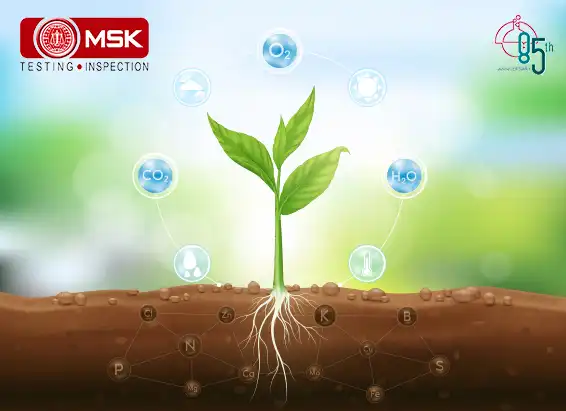
Posted on April 06 2022 By Mitra S.K ADMIN
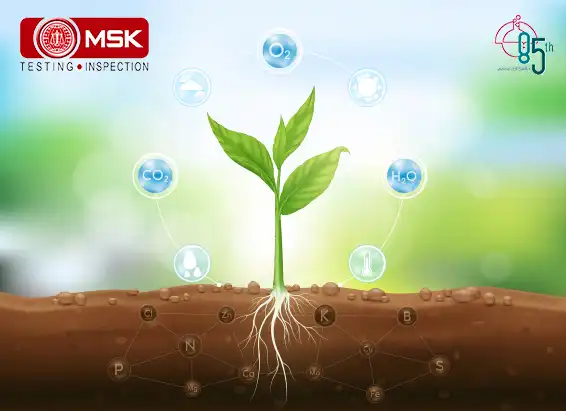
Posted on April 06 2022 By Mitra S.K ADMIN
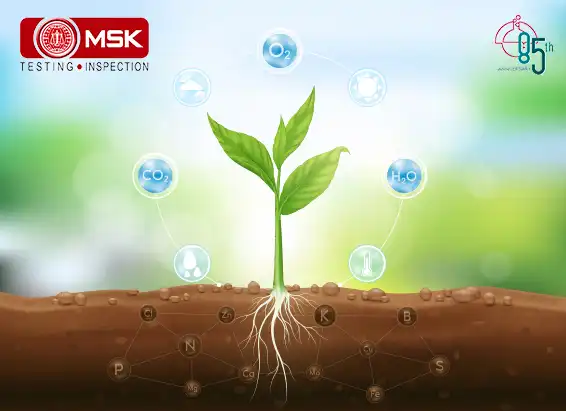
Posted on April 06 2022 By Mitra S.K ADMIN
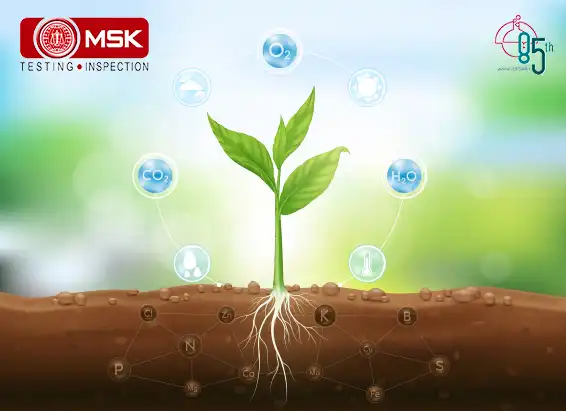
Posted on April 06 2022 By Mitra S.K ADMIN
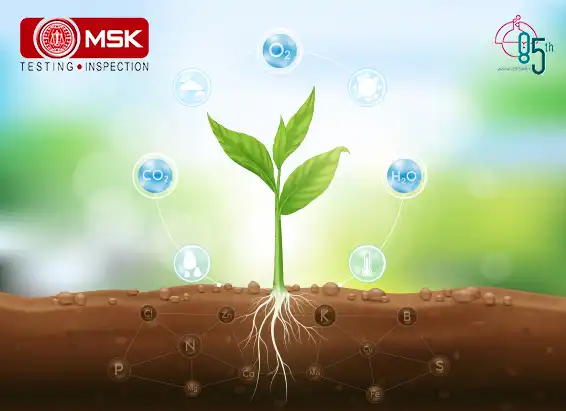
Posted on April 06 2022 By Mitra S.K ADMIN
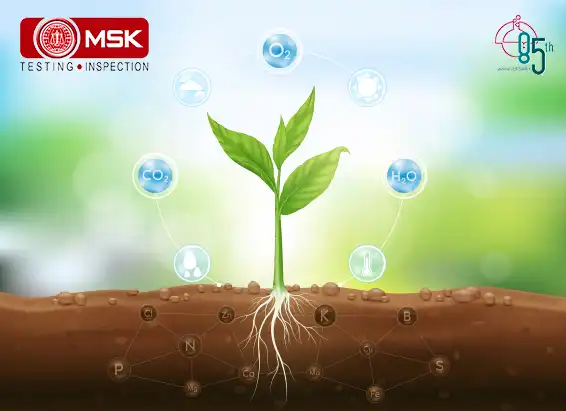
Posted on April 06 2022 By Mitra S.K ADMIN
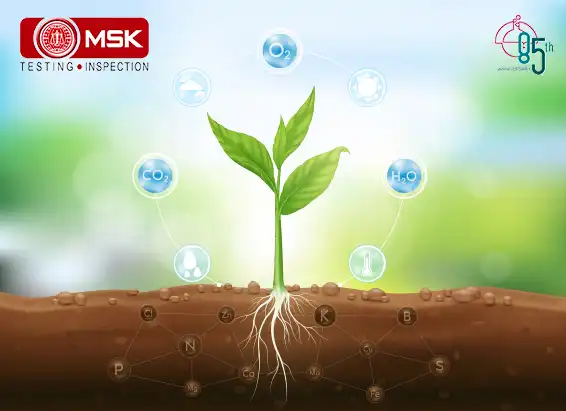
Posted on November 28 2022 By Mitra S.K ADMIN
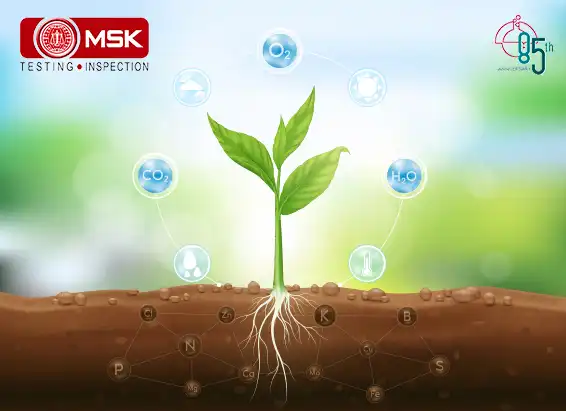
Posted on April 06 2022 By Mitra S.K ADMIN
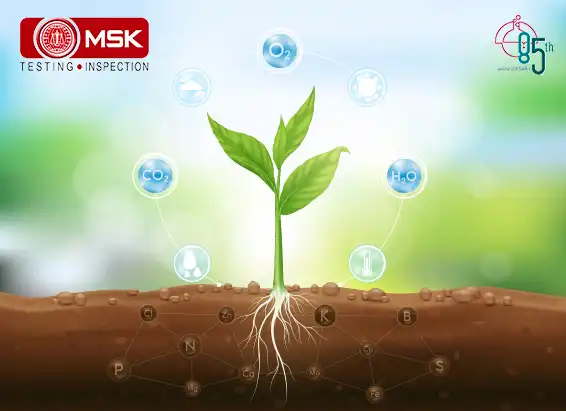
Posted on April 06 2022 By Mitra S.K ADMIN
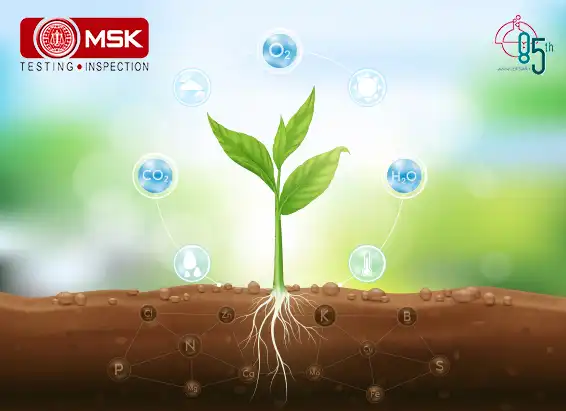
Posted on April 06 2022 By Mitra S.K ADMIN
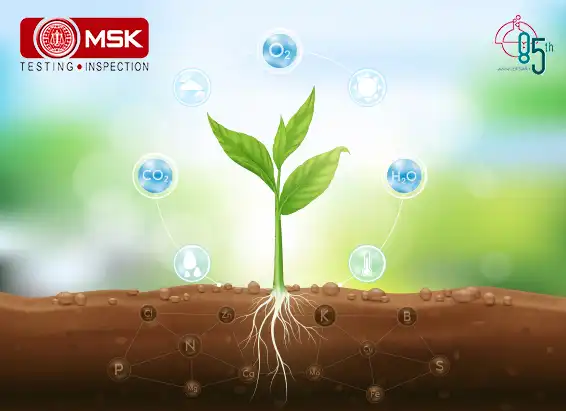
Posted on November 28 2022 By Mitra S.K ADMIN
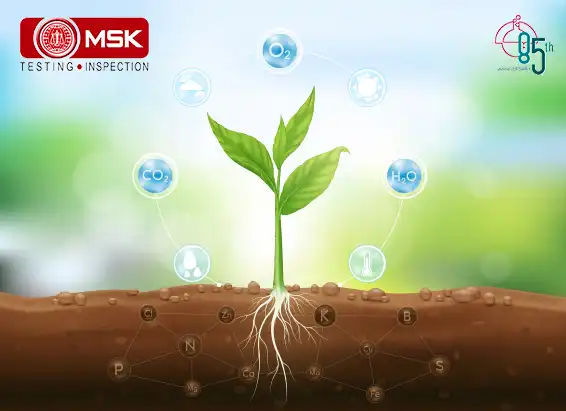
Posted on June 14 2022 By Mitra S.K ADMIN

